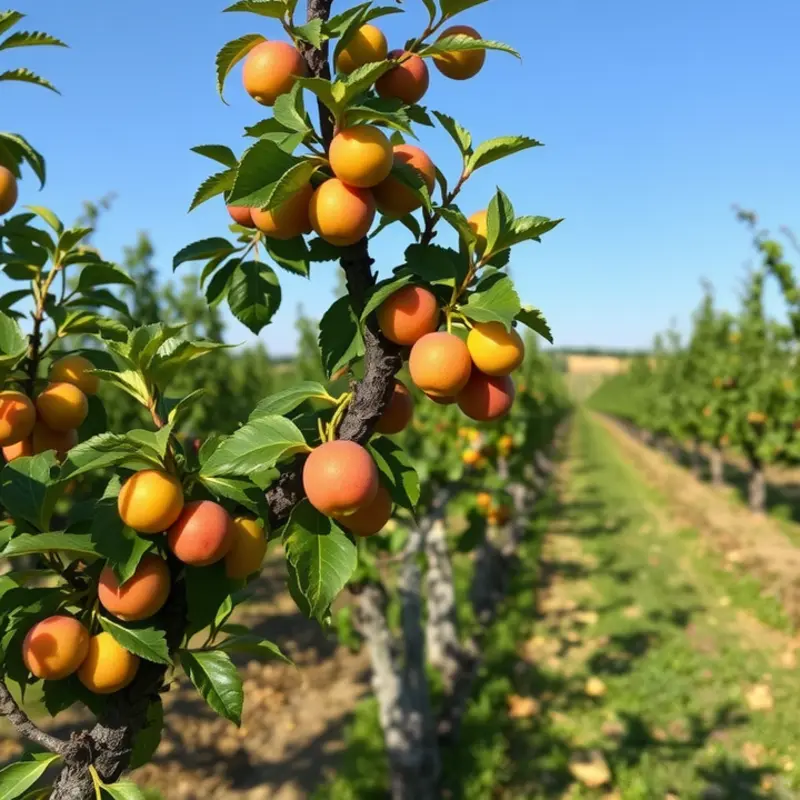No one enjoys a dish spoiled by burned edges. This common kitchen mishap can be avoided with some straightforward techniques. Whether you’re roasting vegetables or baking a cake, mastering the art of even cooking will elevate your results. In this guide, home cooks of all levels will learn practical tips to ensure perfectly cooked dishes without those burnt ends. Let’s dive into strategies that will transform your kitchen experience!
Understanding Heat Distribution: Key to Avoiding Burned Edges

Achieving perfect heat distribution is essential to avoiding the common anxiety of burned edges. Understanding how different cooking methods affect heat flow can transform your kitchen experience. Whether you prefer using an oven, stovetop, or both, becoming acquainted with heat zones helps innovate a balanced approach to flavor development.
Let’s delve into the core of heat distribution with your oven. Ovens typically rely on convection or radiant heat. Convection ovens use fans to circulate hot air, offering a more even heat distribution. However, despite the technology, hotspots can exist, often along the edges and corners. Regular rotation of the dish midway through cooking can mitigate this, ensuring all sides receive uniform heat.
On the other hand, a radiant heat oven distributes heat from the walls and the bottom. Here, the middle of the oven often remains cooler. Placing your dish too close to either the top or bottom can result in burnt edges, as those areas experience higher heat intensities. Understanding this layout allows you to strategically position your culinary creations to dodge overly charred areas.
Direct and indirect heat methodologies further inform our heat management strategies. Direct heat, often used in grilling or stovetop cooking, involves food being in close proximity to the heat source. It’s excellent for searing, but can be a culprit for burned edges if left unchecked. A trick to tame direct heat is the application of a skillet with thicker bases, which moderates the transfer of heat by absorbing it initially before gradually radiating it, creating a subtle buffer against burning.
Indirect heat, conversely, surrounds food with ambient warmth. When using outdoor grills, think of it as pushing the coals to one side and placing the food on the other. In the context of the stovetop, keeping flame levels low and utilizing lidded pots mimics this approach, gently coaxing food into cooked perfection, sans the char.
The materials of your cookware also play an integral role in heat distribution. Cast iron, while heavy, offers excellent heat retention. It’s fantastic for achieving an even cook in oven settings—just mind its propensity to create hotspots on stovetops if not carefully monitored. Stainless steel provides more control, quickly reacting to changes in heat settings, ideal when precision is key.
For more cooking efficiency tips, consider exploring practical ingredient batching to streamline your process.
By being mindful of these principles, you can adjust your cooking techniques to suit the equipment and ingredients at hand. Banishing burned edges isn’t merely about precision timing; it’s about comprehending the flow and nuances of heat, transforming your meals into stellar culinary art.
Practical Techniques for Even Cooking

Achieving even cooking is both an art and a science, requiring not only good timing and temperature control but also smart use of tools and techniques. One effective method is using foil to cover dishes. This technique helps reflect heat evenly across food surfaces, preventing edges from over-browning while the center remains undercooked. Moreover, foil can help trap moisture, reducing the likelihood of drying out.
Another essential technique is rotating your pans. Ovens often have hot spots, which can lead to uneven cooking. By carefully rotating pans halfway through the cooking process, you ensure all parts of the dish receive uniform heat exposure. This step is crucial for baked goods and larger meals to guarantee even browning and consistent textures.
Properly spacing food in your oven allows hot air to circulate effectively around each item. Crowding the oven can lead to uneven cooking as the heat struggles to reach all surfaces uniformly. For best results, allow at least an inch of space between each item on your baking sheet and avoid placing items too close to the oven walls.
Timing is another critical dimension. It’s important to start checking your food before the expected completion time. This means relying not just on cooking times but also on sensory cues. Foods provide clues when they’re ready. Look for subtle changes in color and aroma. When cooking proteins, understand the indicators of doneness, such as juices running clear or the firmness of the meat.
Temperature control begins with pre-heating your oven accurately. An inconsistent oven temperature can hinder even cooking. Keep an oven thermometer on hand to verify that your oven runs at the temperature you expect. Additionally, know that certain items call for specific temperature zones within the oven. Generally, use the middle rack for the most accurate readings.
Finally, be attentive to how you finish your dishes. Some foods benefit from a brief rest at the end of cooking, allowing residual heat to complete the process without overcooking. Others might need a quick flash under the broiler for the perfect finish, but watch carefully to avoid burning.
For more tips on enhancing cooking efficiency and precision, explore practical ingredient batching. This approach can help streamline the cooking process and ensure consistent results by preparing foods that require similar conditions. Through these strategies, you’re well-equipped to master the art of flavor, preventing those dreaded burned edges while achieving culinary success.
Final words
Avoiding burned edges is crucial in achieving delicious, visually appealing dishes. By understanding heat distribution, utilizing proper cookware, and implementing simple techniques, home cooks can effectively prevent charred bits. Always prioritize even cooking and watch your food closely to achieve perfectly cooked meals every time. With practice, these approaches will become second nature, ensuring that you enjoy flawless results that impress family and friends alike.







